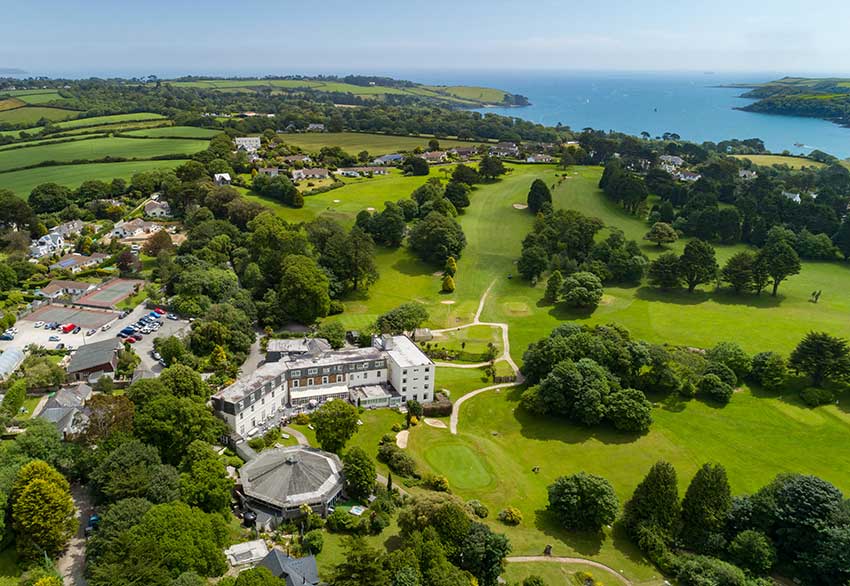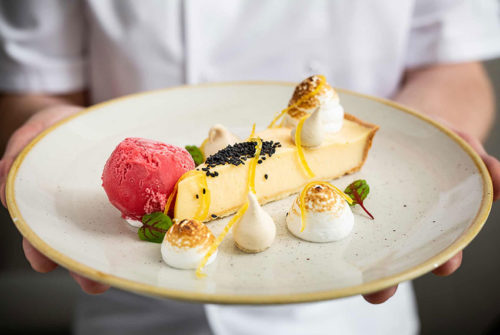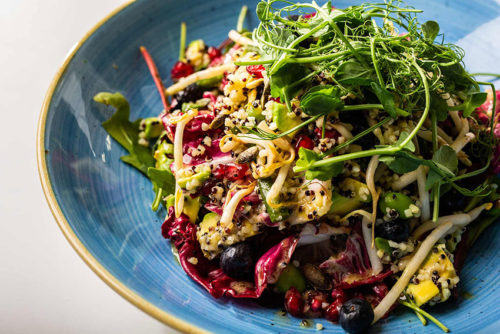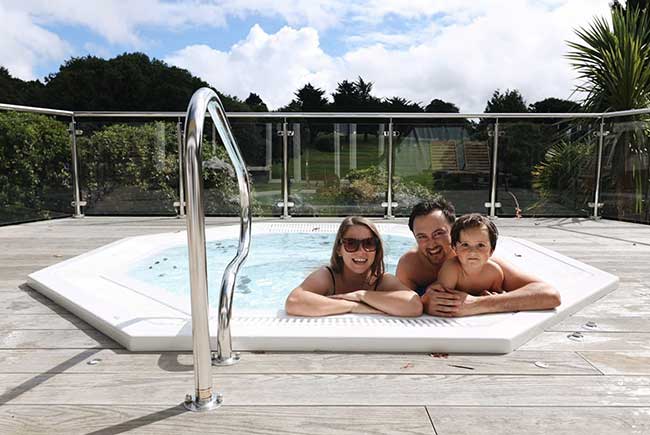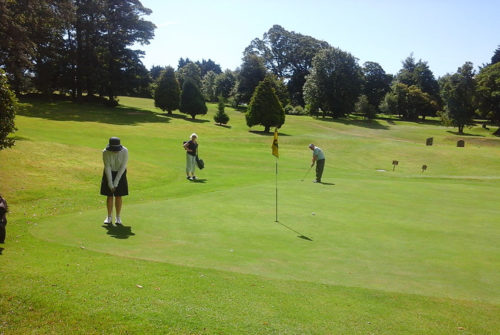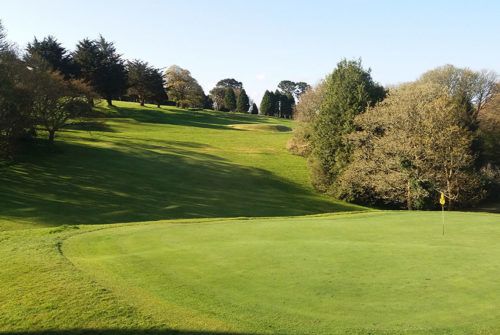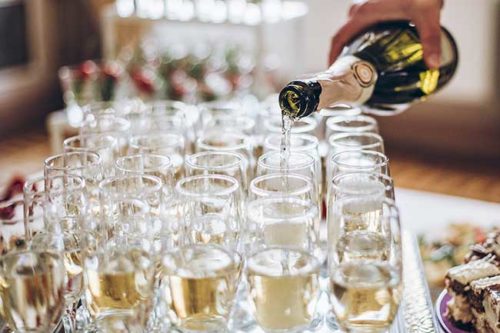News from Budock Vean
Watercolour Retreat 2024
If you are joining us at Budock Vean for our Watercolour Retreat this spring, or even just staying with us as a regular guest, it is worth taking a moment as you enjoy the stunning gardens, wander beside the waters of the Helford or tramp the quiet coastal paths to consider who may have been here before you and the inspiration they found in this beautiful place . . .
The watercolourist J. M. W. Turner is often credited with initiating the artistic community’s love affair with Cornwall in the 19th century. It was a love affair that saw this part of the country become a mecca for painters and sculptors, a trend that continues to this day. And it is said that it all began more than 200 years ago, in the summer of 1811, when Turner visited Cornwall for the first time, crossed the Tamar River by boat and embarked on a walking tour of the coast.
Travelling light he walked from village to village, headland to headland, lodging at local inns and guesthouses, carrying with him just a few essential items including his pencils and watercolour paints. Turner’s journey took him all the way to Land’s End and he filled six notebooks with sketches of the landscape he saw as he went.
Turner had been commissioned by William Bernard Cooke to produce a series of watercolours for a new tourist guidebook but it is clear that the artist fell in love with the area as he continued to create retrospective paintings of Cornwall long after his visit. One of his most famous was a dramatic depiction of St Michael’s Mount that was exhibited at the Royal Academy in 1834.
From Turner’s leather-bound sketchbooks we can determine his route through Cornwall. We know that he visited St Mawes, where he made a pencil sketch of the view across the water to Pendennis Castle, complete with bobbing boats prickling with masts. And for the next few pages, amongst his scribbled notes and snatches of poetry, he has made a number of rough but dynamic sketches of Falmouth harbour, each from a slightly different view, showing that he must have walked or taken a boat to Flushing, then on to Penryn and the hills above the town before heading into Falmouth itself.
One of the most memorable images from this part of Turner’s journey is a delicate pencil and watercolour painting of Pendennis Castle and the entrance to Falmouth harbour that must have been painted while he paused on the coastal path between Swanpool and Maenporth. Whether Turner walked on past Budock Vean and towards the ferry crossing on the Helford River isn’t clear but it seems likely as we know he was heading further west.
Two centuries later and Cornwall is still drawing artists to it from all over the world, inspired by its beautiful and diverse scenery and the clarity of light but also by its long-established, innovative and nurturing creative communities. Places such as St Ives, Newlyn and Falmouth, that were so popular with those pioneering early arrivals who lined the cliff-tops with their easels, still retain a vibrant and creative atmosphere and of course, there are plenty of new artists now making their mark. There is always exciting up-and-coming talent to discover and inspire!
Beyond actually following in Turner’s footsteps along the coastal path, if you join Budock Vean for their Watercolour Weekend there are so many ways that you can engage with the thriving local art scene. As well as a number of independent art galleries dotted about the town, Falmouth Art Gallery holds regular exhibitions showcasing local artists and also has a huge collection of over 2700 historic artworks, including the RCPS Tuke Collection and a number of etchings of Turner’s Cornish landscapes.
Budock Vean itself has always tried to champion local talent and you can discover the work of artist Maxine Hart displayed around the hotel. Maxine has been finding inspiration in the wild landscapes of the area since moving to the Helford River in 2008. Her daily walks around in the countryside have inspired and influenced her work which brilliantly showcases the changing colours and temperaments of this always elemental landscape.
The trend for painting outside, en plein air as it is known, really became popular in the early 19th century in France, although watercolourists such as Turner had been carrying their paints and sketchbooks with them long before that. However, the invention of tubes of paint as well as portable canvases and easels suddenly enabled painters to work anywhere. They could paint in the landscape that they were trying to capture, it gave them the ability to absorb the changing light, the weather and the moods into their work. It was a technique that Cornish artists, particularly those of the Lamorna and Newlyn Schools became renowned for. And it is tradition that painters such as Kurt Jackson, Peter Blodau and Andrew Barrowman continue today.
Jackson, perhaps Cornwall’s best known, living artist, studied Zoology before attending the Ruskin College of Art and settled in Cornwall in 1984. Since then he has combined his love of art and nature with his passion for environmental and political awareness. His focus on the natural world and its protection has led to artist residences at the Eden Project and on the Greenpeace ship, Esperanza but he has become truly renowned for his trademark large scale ‘plein air’ paintings created in the wilds of the Cornish landscape.
Jackson’s exhibition in 2022 was a culmination of a three year love affair with the dramatic topography and heritage of the beautiful Kednidjack Valley near his home in West Cornwall while his most recent, on display at his gallery in St just, focuses on one of Cornwall’s most iconic rivers, the River Fowey. He has traced the watercourse’s route in a series of paintings from its source high up on Bodmin Moor through farmland and wooded valleys to where it meets the sea in the sheltered deep waters of the Fowey estuary.
A few miles from Falmouth you can visit the artistic community at Krowji where potters, silversmiths and painters, such as Andrew Barrowman, have their studios. Barrowman spends hours walking in the Cornish countryside producing large scale oil landscapes and seascapes while working outside in all weathers.
The watercolourist, Peter Blodau, has painted all over the world, from the olive groves of Greece to the streets of Paris, Cairo, Cuba and the USA. All his sojourning finally led him to Cornwall and he has now settled in Falmouth where he specialises is ‘plein air’ painting, a technique which he says enables him “to capture the dynamic light and atmosphere of place”.
Using watercolour, pencil and oil Blodau creates lively snapshots in time, mostly captured while painting in the streets, alleyways, footpaths and quaysides of Falmouth (Turner would have been proud!). You can discover his work in the Beside the Wave gallery.
So, hopefully all this examination of creative endeavour in and around Falmouth has inspired you to take up your brushes and paints and join us at Budock Vean for your own artistic adventure very soon!

